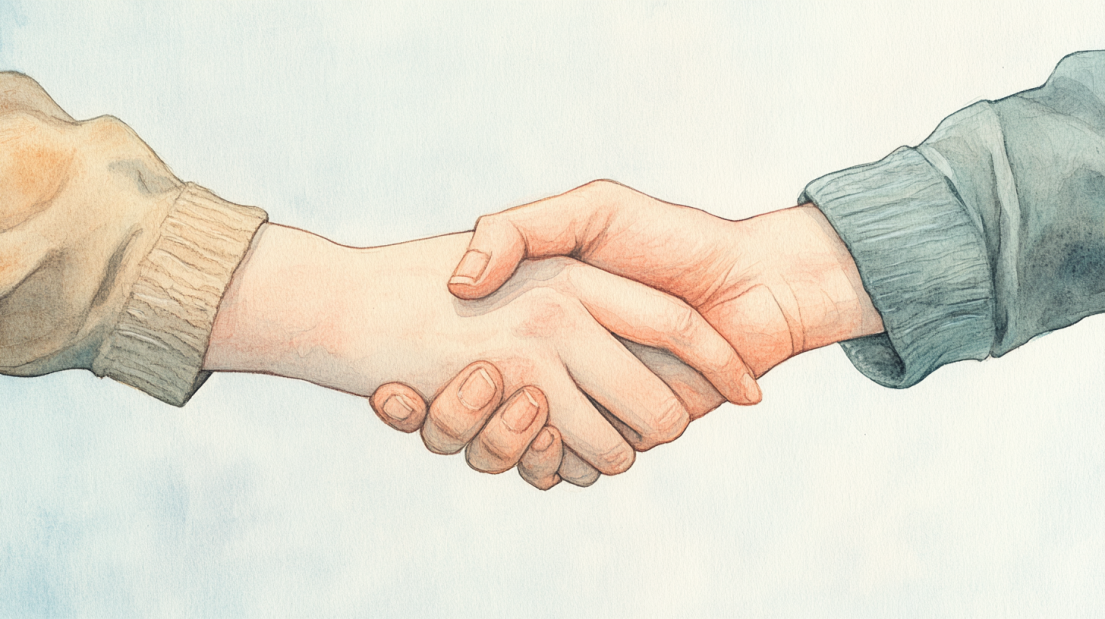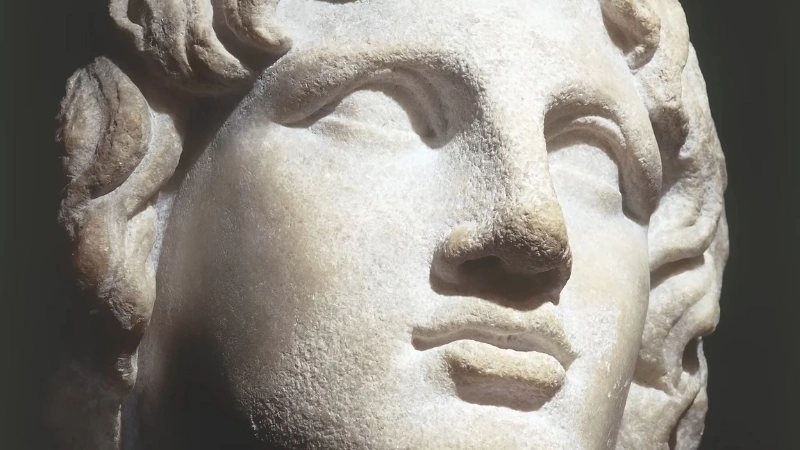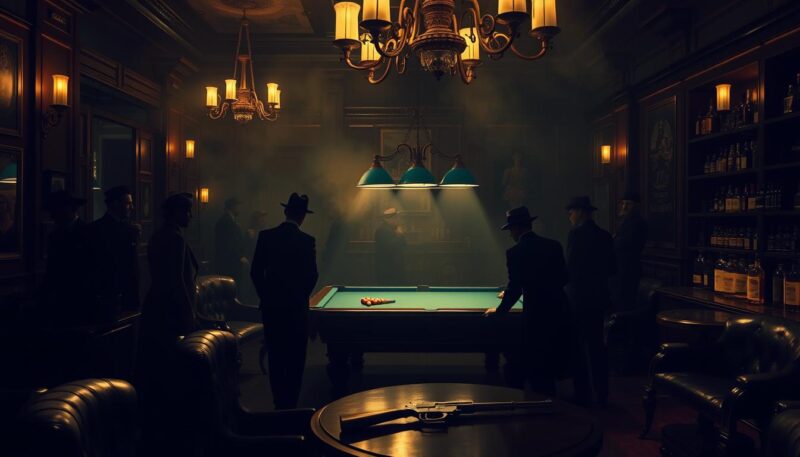
Share Post:
Throughout history, some individuals have risen to the top of the criminal ladder, creating enormous and violent criminal networks that ruled underworld societies. These figures, notorious criminals, have left an indelible mark on mafia history, often blending brutal violence with sophisticated operations. Hollywood has romanticized many famous crime families, but in reality, their stories are deeply entwined with the pursuit of power, money, and influence across the globe.
From the gritty streets of early 20th century America to the sprawling drug empires of South America, these mafia bosses wielded unparalleled control. They engaged in deadly games of cat-and-mouse with law enforcement, often emerging victorious due to their cunning strategies and the vast reach of their operations. These stories of infamous criminals are not just thrilling tales; they are sobering reminders of the shadows lurking behind the bright lights of society.
Table of Contents
ToggleKey Takeaways
- Mafia bosses have shaped criminal history through violent crimes and sophisticated networks.
- Famous crime families often controlled vast areas and held significant influence over society.
- American mobsters like Al Capone and John Gotti have become legendary figures.
- European and South American crime families also played pivotal roles in mafia history.
- The impact of these notorious criminals extends far beyond their lifetimes.
Introduction to the Criminal Underworld
The criminal underworld is a shadowy realm where organized crime thrives, leveraging intricate networks and connections to evade the grasp of law enforcement. Understanding the historical rise and formidable power structures of mafia empires provides crucial insights into their enduring influence and the tireless battles waged by law enforcement.

The Rise of Organized Crime
Organized crime began its ascent by forming hierarchical syndicates that extended well beyond the control of state authorities. These mafia empires skillfully infiltrated legal systems and manipulated local law enforcement through rampant corruption. The diversification of criminal activities post-Prohibition saw the American Mafia abandoning bootlegging in favor of gambling, labor racketeering, loan-sharking, narcotics distribution, and prostitution rings.
- The American Mafia transitioned from bootlegging to diversified criminal activities after 1933.
- By the 1950s, 24 Mafia families operated across the United States.
- New York City housed five major families: Gambino, Genovese, Lucchese, Colombo, and Bonanno.
The Power Structures of Mafia Empires
Mafia empires are renowned for their complex power structures, resembling quasi-governmental entities. Each family is headed by a boss or don, followed by an intricate hierarchy that includes underbosses, consiglieres, caporegimes, and soldiers:
- Boss: Oversees all operations, known as the capo dei capi or godfather.
- Underboss: Second-in-command, managing profits and criminal activities.
- Consigliere: Advisor to the boss, part of the administration.
- Caporegime: Captains leading crews of soldiers, reporting to the underboss.
- Soldier: Made men adhering to the omertà oath.
- Associates: Non-inducted workers for the crime family.
Impact on Society and Law Enforcement Battles
The societal impact of these mafia empires is profound, influencing public perception and legal policies. Law enforcement battles against organized crime are relentless, marked by high-profile convictions, defections, and internal disputes weakening the Mafia’s grip. The United Nations Office on Drugs and Crime estimates that organized crime generates a staggering $2.2 trillion annually, underscoring the scale and threat of these criminal underworld operations. Despite a perceived decline by the late 20th century, the intricate layers of insulation used by mob bosses continue to challenge law enforcement efforts.
Notorious American Mobsters
America has seen its fair share of notorious criminals who have left indelible marks on mafia history. Some of the most infamous figures include Al Capone, John Gotti, and Frank Lucas. These mobsters are known for their ruthless grip on organized crime and have become legendary names in historical analysis.
Al Capone: The Infamous Scarface
Al Capone, born in 1899 in Brooklyn, New York, to Italian immigrant parents, remains one of the most notorious criminals in American history. Dubbed “Public Enemy No. 1,” Capone expanded Chicago’s underworld through extreme violence and corruption. His reign eventually ended when he was sentenced to 11 years in prison for tax evasion in 1931, showcasing the government’s reliance on legal loopholes to dismantle organized crime. Al Capone’s story is a significant chapter in mafia history, reflecting the broader implications of organized crime on American society.
John Gotti: The Dapper Don
John Gotti, the infamous Mafia boss of the Gambino crime family, earned the nickname “The Dapper Don” for his flamboyant style and public persona. Despite multiple trials and arrests, Gotti managed to avoid convictions for years, gaining the moniker “Teflon Don” as charges failed to stick. His eventual imprisonment in 1992 marked the fall of one of the most recognizable figures in organized crime, further solidifying his place in mafia history and historical analysis of 20th-century criminal empires.
Frank Lucas: The Heroin Kingpin
Frank Lucas, commonly known as “The Heroin Kingpin,” revolutionized the heroin trade in America by cutting out middlemen and importing the drug directly from Southeast Asia. Lucas’s innovative methods not only made him a wealthy and influential figure in organized crime but also highlighted the severity of the heroin epidemic in the United States. His operations underscored the dark underbelly of American society in the 20th century, contributing significantly to the historical analysis of drug-related crime.
The stories of these notorious criminals help us understand the complex and often violent world of organized crime. Their impact echoes through history, reminding us of the pervasive influence of the criminal underworld on broader societal structures.
Legendary European Crime Families
Across Europe, several legendary gangsters have controlled vast networks within their respective crime syndicates. These mafia bosses not only dominated the criminal underworld but also left an indelible mark on history. Let’s delve into the lives and operations of some of the most notorious figures in European crime families.
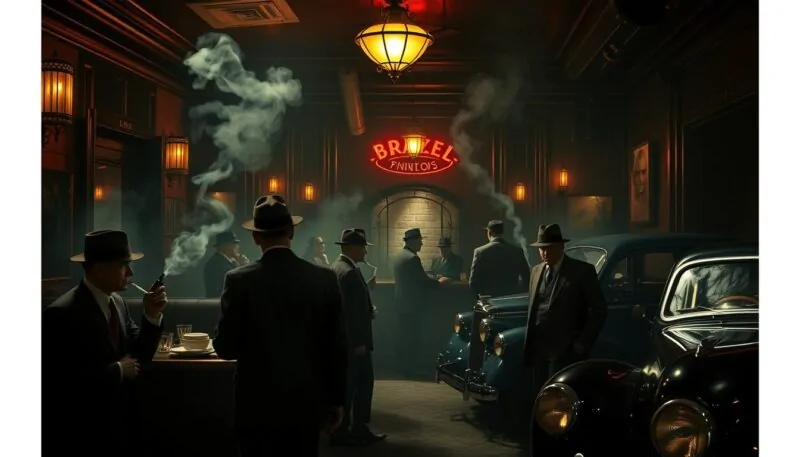
Carlo Gambino: The Cunning Don
Carlo Gambino is often seen as the epitome of cunning and shrewdness among legendary gangsters. Born in Sicily, he immigrated to the United States where he rose through the ranks to control the American Mafia. Gambino skillfully balanced strength and diplomacy, managing to avoid the pitfalls that ensnared many other mafia bosses. His astute maneuvering to establish dominance without attracting excessive law enforcement attention set a new standard in organized crime.
Lucky Luciano: The Father of Modern Organized Crime
Lucky Luciano, another towering figure among European crime families, is best remembered for his pivotal role in structuring modern organized crime. Often regarded as the “Father of Modern Organized Crime,” Luciano founded “The Commission,” a governing body that formalized the hierarchy and cooperation between different crime syndicates. His reforms brought unprecedented stability and efficiency, making him one of the most influential mafia bosses in history.
Semion Mogilevich: The Brainy Don of Russia
Known as both the “Brainy Don” and the “Boss of Bosses,” Semion Mogilevich has earned a fearsome reputation in the world of European crime families. Standing at 5 feet 6 inches and weighing approximately 300 pounds, Mogilevich has been involved in a plethora of illegal activities including arms trafficking and money laundering. He controlled a global empire and was listed on the FBI’s 10 most wanted list from 2009 to 2015. Despite his brief height, his enormous influence and complex operations made him one of the most intellectually formidable mafia bosses in history.
| Crime Statistic | Percentage |
|---|---|
| Crime bosses who died of natural causes | 60% |
| Crime bosses who were assassinated | 20% |
| Crime bosses who disappeared versus those who were confirmed dead (ratio) | 1:1 |
| Crime bosses who were executed | 3 |
| Crime bosses serving or receiving life sentences | 15% |
| Crime bosses involved in drug trafficking | Over 40% |
| Crime bosses involved from the 19th century versus post-World War II (ratio) | 3:5 |
| Average age at which crime bosses were assassinated | 44 years old |
| Common cause of death for crime bosses | Natural causes |
| Crime bosses that remained at large | 2 |
| Crime bosses who died in prison versus those who died outside prison (ratio) | 1:2 |
South American Drug Lords
The history of South American drug lords is a harrowing tale of power, violence, and unimaginable wealth. At the pinnacle of this dangerous hierarchy were two legendary figures who ruled with an iron fist: Pablo Escobar and Griselda Blanco. Their notorious criminal empires have left an indelible mark on the global stage, turning them into infamous figures in true crime stories.
Pablo Escobar: The King of Cocaine
Pablo Escobar, famously known as the King of Cocaine, was the mastermind behind Colombia’s powerful Medellín Cartel. Dominating the cocaine trade in the 1980s, his cartel was responsible for shipping 70 to 80 tons of cocaine to the United States monthly. By 1989, Escobar was declared the seventh-richest man in the world, amassing a personal fortune of approximately $30 billion.

Escobar’s wealth and influence enabled him to create an intricate network of bribes and intimidation, leading to immense societal violence in Colombia. His criminal empire had such a significant impact that it even affected the political landscape, with the Medellín Cartel controlling a substantial portion of cocaine traffic from the Andean region to the United States.
Griselda Blanco: The Cocaine Godmother
Griselda Blanco, often referred to as the Cocaine Godmother, was another prominent figure among South American drug lords. Blanco played a pivotal role in pioneering Miami’s cocaine-trafficking operations, earning about $80 million each month by smuggling nearly 3,500 pounds (1,600 kg) of cocaine into the United States.
Blanco’s ruthless nature and innovative strategies made her one of the first billionaires in the illegal drug trade. Her criminal empire resulted in a legacy marked by brutality and violence, as she steered Miami into becoming a major drug-trafficking hub during the 1980s. These true crime stories about her life and criminal empire continue to captivate audiences worldwide.
Drug Lord Cartel/Operation Estimated Earnings Notable Achievements Pablo Escobar Medellín Cartel $35 billion Controlled 70-80 tons of cocaine shipments to the U.S. every month Griselda Blanco Miami Smuggling Operation $80 million/month First female drug lord to earn over $1 billion
Most Dangerous Mafia Bosses in History
When exploring the most dangerous mafia bosses in history, their organized crime empires often dominated various criminal networks and orchestrated numerous violent crimes that left an indelible mark on society. These true crime stories showcase their notoriety and the vast scope of their illicit activities. Here are some of the most infamous figures:
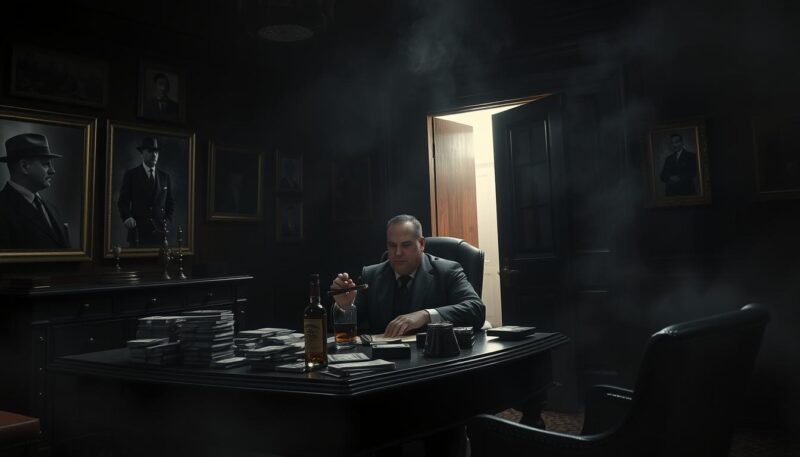
Among the most notorious names, Al Capone, known as “Scarface,” set the gold standard for organized crime in the United States. His reign of terror during the Prohibition Era remains one of the most gripping true crime stories. Meanwhile, John Gotti, the “Dapper Don,” reclaimed the spotlight in the 1980s and became synonymous with the Gambino crime family.
On the European front, Carlo Gambino and Lucky Luciano made remarkable impacts within their criminal networks. Gambino’s tactical acumen and Luciano’s modern approaches redefined the Mafia’s structure. Additionally, Semion Mogilevich, known as the “Brainy Don of Russia,” brought unprecedented intellectual prowess to organized crime.
In South America, drug lords like Pablo Escobar and Griselda Blanco revolutionized the cocaine trade. Escobar’s reign as the “King of Cocaine” and Blanco’s chilling persona as the “Cocaine Godmother” illustrate how violent crimes intertwined with massive drug trafficking operations. Their unmatched brutality and control over the narcotics industry contributed to organized crime’s global expansion.
“Organized crime generates an estimated $2.2 trillion annually,” according to the United Nations Office on Drugs and Crime (UNODC). Criminal organizations control approximately 75% of the global drug trade, amassing around $426 billion each year based on the Global Drug Survey 2020.
A detailed look into the lives and deaths of these mafia bosses reveals the true extent of their power:
| Name | Date of Death |
|---|---|
| Carmine Galante | July 12, 1979 |
| Mickey Spillane | May 13, 1977 |
| Johnny Papalia | May 31, 1997 |
| John D’Amato | 1992 |
| Angelo Bruno | March 21, 1980 |
| Frank Cali | March 13, 2019 |
| Sam Giancana | 1975 |
| Albert Anastasia | Unknown |
| Bugsy Siegel | June 20, 1947 |
| Paul Castellano | Late 1985 |
For these crime lords, their criminal activities extended far beyond simple violent crimes. From drug trafficking to cybercrime, their influence continues to cast a long shadow over today’s society. With some sentenced to multiple years in prison, their legacies remain etched in the annals of true crime stories.
Conclusion
As you reflect upon the lives and legacies of the most dangerous mafia bosses in history, it becomes evident that the criminal underworld has sculpted a complex and dark chapter in human history. From the bloody reigns of Al Capone and Salvatore Riina to the deeply entrenched structures of organizations like the Genovese crime family and Sicily’s Mafia clans, organized crime has left an indelible mark on society. This historical analysis serves as a cautionary tale, highlighting how these figures manipulated power structures and capitalized on societal vulnerabilities.
The impact of these mafia empires extends beyond their notorious crimes. Law enforcement agencies continue to face daunting challenges in combating modern organized crime, which has evolved to adapt to economic and technological shifts. The power struggles, internal hierarchies, and relentless pursuit of control by these bosses underscore the perpetual and adaptive nature of organized crime. The ‘Ndrangheta’s rise in recent years illustrates that even as some mafia organizations fall, others rise to take their place, presenting enduring threats.
This article on mafia history gives you a glimpse into the dark corridors of power that these criminals navigated. Their stories are more than tales of crime; they are reflections of broader societal issues that allowed such figures to flourish. Remembering their relentless quest for dominance and their eventual downfalls, such as the convictions following the Mafia “maxi-trial” of 1987, offers invaluable insights. Ultimately, it emphasizes the importance of vigilance in the face of organized crime and the ongoing efforts required to dismantle these potent criminal networks.
Source Links
- https://www.historyhit.com/the-most-infamous-mob-bosses-in-history/
- https://news.withthefirstpick.com/en/deadliest-mafia-hitmen-ku
- https://www.britannica.com/topic/Mafia
- https://en.wikipedia.org/wiki/Crime_boss
- https://www.historydefined.net/the-most-infamous-mob-bosses-of-all-time/
- https://www.legit.ng/ask-legit/1527048-20-notorious-famous-mobsters-gangsters-time/
- https://themobmuseum.org/blog/worlds-top-five-mob-bosses/
- https://en.wikipedia.org/wiki/List_of_crime_bosses
- https://en.wikipedia.org/wiki/Drug_lord
- https://en.wikipedia.org/wiki/Drug_barons_of_Colombia
- https://www.watchmojo.com/articles/top-20-notorious-real-life-narcos
- https://www.watchmojo.com/articles/10-infamous-mafia-bosses-and-their-violent-demises
- https://www.insidermonkey.com/blog/25-most-dangerous-crime-lords-in-the-world-1299670/
- https://www.britannica.com/topic/Sicilian-Mafia
- https://en.wikipedia.org/wiki/Genovese_crime_family



